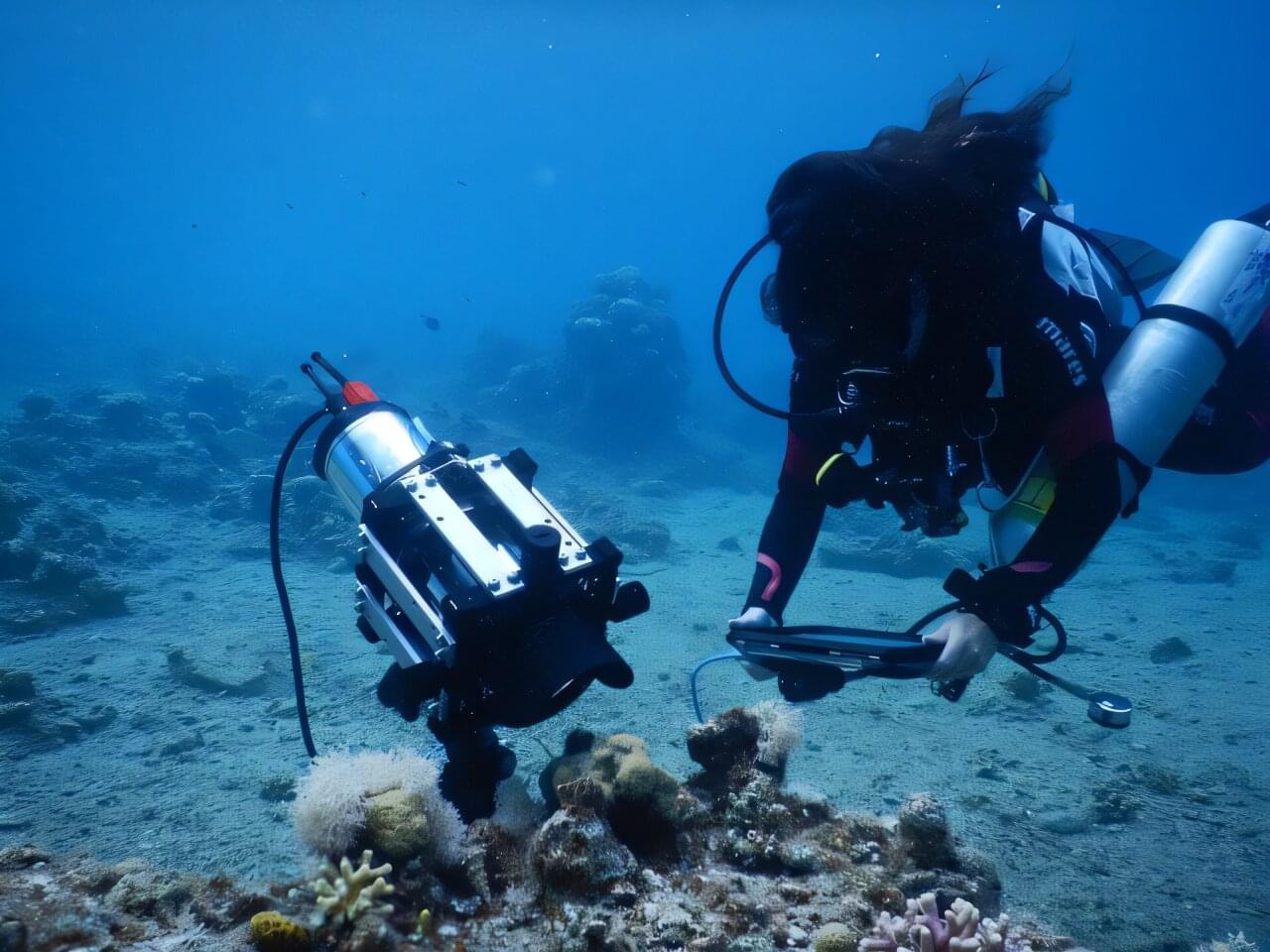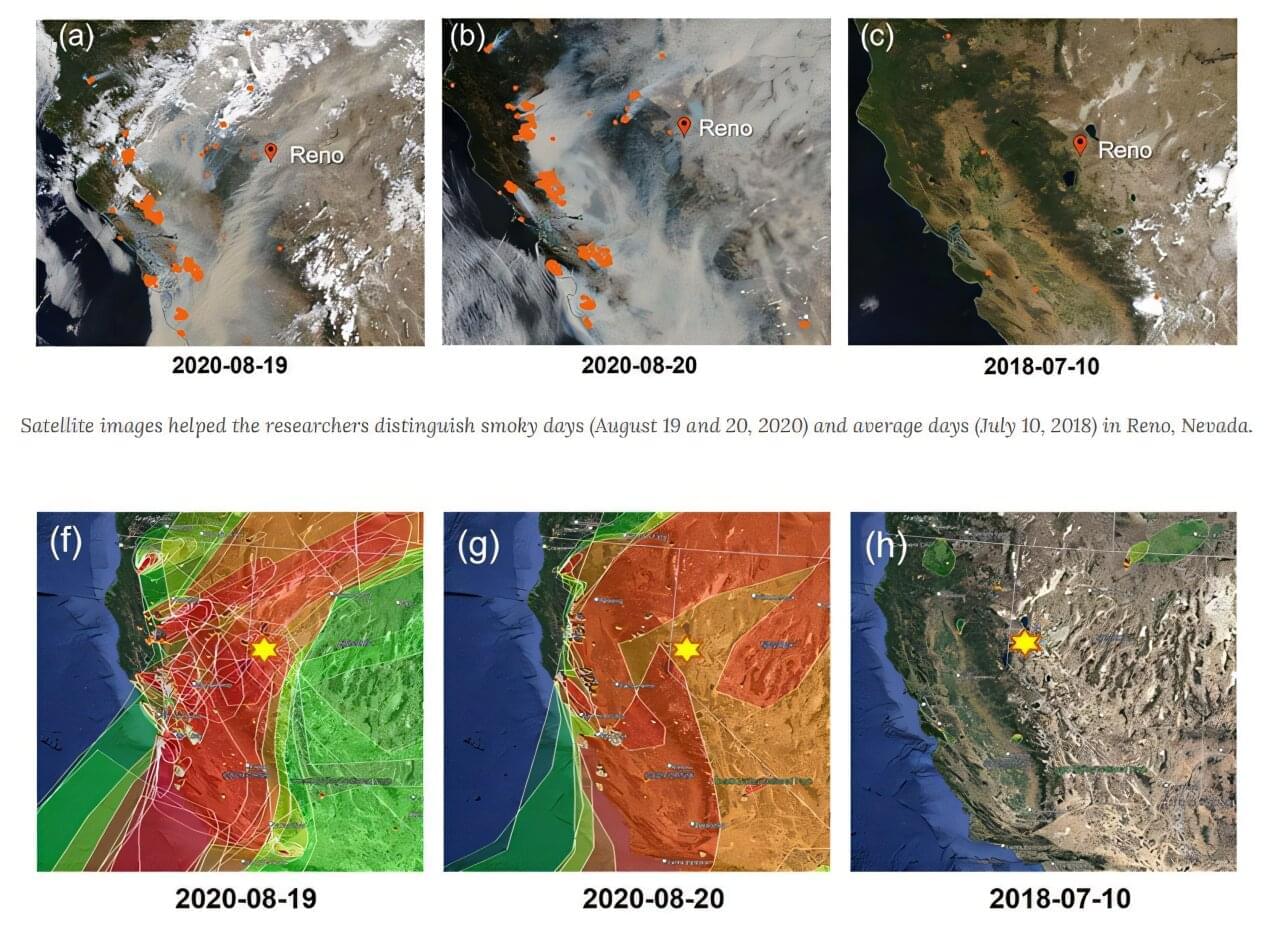New details were shared months after a home exploded in Leland, North Carolina earlier this year.




If humans are ever going to live beyond Earth, they’ll need to construct habitats. But transporting enough industrial material to create livable spaces would be incredibly challenging and expensive. Researchers at the Harvard John A. Paulson School of Engineering and Applied Sciences (SEAS) think there’s a better way, through biology.
An international team of researchers led by Robin Wordsworth, the Gordon McKay Professor of Environmental Science and Engineering and Professor of Earth and Planetary Sciences, have demonstrated that they can grow green algae inside shelters made out of bioplastics in Mars-like conditions. The experiments are a first step toward designing sustainable habitats in space that won’t require bringing materials from Earth.
In lab experiments that recreated the thin atmosphere of Mars, Wordsworth’s team grew a common type of green algae called Dunaliella tertiolecta. The algae thrived inside a 3D-printed growth chamber made from a bioplastic called polylactic acid, which was able to block UV radiation while transmitting enough light to allow the algae to photosynthesize.
The algae was kept under a Mars-like 600 Pascals of atmospheric pressure – over 100 times lower than Earth’s — and in a carbon dioxide-rich environment, as opposed to mostly nitrogen and oxygen like on Earth. Liquid water cannot exist at such low pressures, but the bioplastic chamber created a pressure gradient that stabilized water within it. The experiments point to bioplastics as potentially key to creating renewable systems for maintaining life in a lifeless environment.
The concept the researchers demonstrated is closer to how organisms grow naturally on Earth, and it contrasts with an industrial approach using materials that are costly to manufacture and recycle.

The intricate, hidden processes that sustain coral life are being revealed through a new microscope developed by scientists at UC San Diego’s Scripps Institution of Oceanography.
The diver-operated microscope —called the Benthic Underwater Microscope imaging PAM, or BUMP—incorporates pulse amplitude modulated (PAM) light techniques to offer an unprecedented look at coral photosynthesis on micro-scales.
In a new study, researchers describe how the BUMP imaging system makes it possible to study the health and physiology of coral reefs in their natural habitat, advancing longstanding efforts to uncover precisely why corals bleach.

In a recent expedition, researchers drilled more than 1,600 feet into the West Antarctic Ice Sheet and discovered a subglacial river flowing beneath the Ross Ice Shelf, per Earth.com.
The river, about as tall as a 30-story building and as wide as a city block, is a blend of freshwater and seawater, slowly making its way toward the ocean.
“We struck water at the end of the borehole and with the help of our camera, we even discovered a school of lobster-like creatures — 400 kilometers from the open ocean,” expedition leader Huw Horgan said.
SpaceX is making significant advancements in its Starship program, with plans for increased production, upcoming Mars missions, and ongoing developments in technology and infrastructure, despite facing some challenges ## ## Questions to inspire discussion.
🚀 Q: What is SpaceX’s target for Starship launches to Mars in 2026? A: SpaceX aims to launch 5 Starships to Mars in 2026, with Elon Musk estimating a 50/50 chance of meeting the 2026 Mars window.
🌎 Q: Which region on Mars is the primary landing target? A: The Arcadia region is the top candidate for landing locations due to its large ice deposits. Mission Objectives.
🛰️ Q: What is the main goal of the first Starship flight to Mars? A: The first flight aims to prove the ability to reach Mars by sending minimum viable vehicles to maximize learning and demonstrate key technologies.
🏗️ Q: What are the objectives for the second Starship flight to Mars? A: The second flight will focus on landing initial infrastructure, confirming resource availability, preparing landing areas, and delivering equipment for future human missions. Resource Utilization.
⛏️ Q: What are the key goals for the third Starship flight to Mars? A: The third flight will prioritize resource mining, propellant generation, road and pad construction, habitat building, and increasing power generation and storage.
Click this link https://sponsr.is/bootdev_mattbatwings and use my code MATTBATWINGS to get 25% off your first payment for boot.dev.
Patreon: https://www.patreon.com/mattbatwings.
Discord: https://discord.gg/V5KFaF63mV
My socials: https://linktr.ee/mattbatwings.
My texture pack: https://modrinth.com/resourcepack/mattpack.
World Download: (JAVA 1.21) https://www.planetminecraft.com/project/3d-maze-explorer/
Oscar’s 3D Maze Program: https://youtu.be/2hdc0Fn302w.
Thanks again to @captainluma7991 for working with me on this!
Want to get more involved in the logical redstone community?
Learn Logical Redstone! https://youtube.com/playlist?list=PL5LiOvrbVo8keeEWRZVaHfprU4zQTCsV4
Open Redstone Engineers (ORE): https://openredstone.org/
0:00 Intro.
0:32 Oscar91
1:48 Generalization.
2:59 Display.
4:53 Maze to Tilemap Conversion.
6:12 Maze Exploration.
7:51 Wireframe Display.
8:27 Random Generation.
Music (in order):

The U.S. Treasury Department has sanctioned Funnull Technology, a Philippines-based company that supports hundreds of thousands of malicious websites behind cyber scams linked to over $200 million in losses for Americans.
Funnull facilitated virtual currency investment scams (also known as romance baiting and pig butchering) by buying IP addresses in bulk from various cloud service providers. The company sold these IP addresses and hosting services to cybercriminals, enabling them to host malicious websites.
Criminals behind pig butchering scams contact victims through dating sites, social media, and messaging apps, building trust and luring victims into fake investment schemes. However, instead of investing, the fraudsters divert it to accounts they control, stealing their money.

With wildfires increasing in frequency, severity, and size in the Western U.S., researchers are determined to better understand how smoke impacts air quality, public health, and even the weather.
As fires burn, they release enormous amounts of aerosols—the vaporized remains of burning trees and homes that enter the atmosphere and the air we breathe. Now, a new study dissects these aerosols and gases to pinpoint their potential effects on our health as well as the planet’s short and long-term weather.
The research, published in Environmental Science: Atmospheres, measured air quality in Reno, Nevada over a 19-month period between 2017 and 2020 to capture both smoky and clear days. During this timeframe, smoke from more than 106 wildfires impacted the city’s air. DRI scientists Siying Lu and Andrey Khlystov led the research, which found increases in both fine aerosols (known as PM 2.5 for the size of the particulate matter) and carbon monoxide during smoky days.